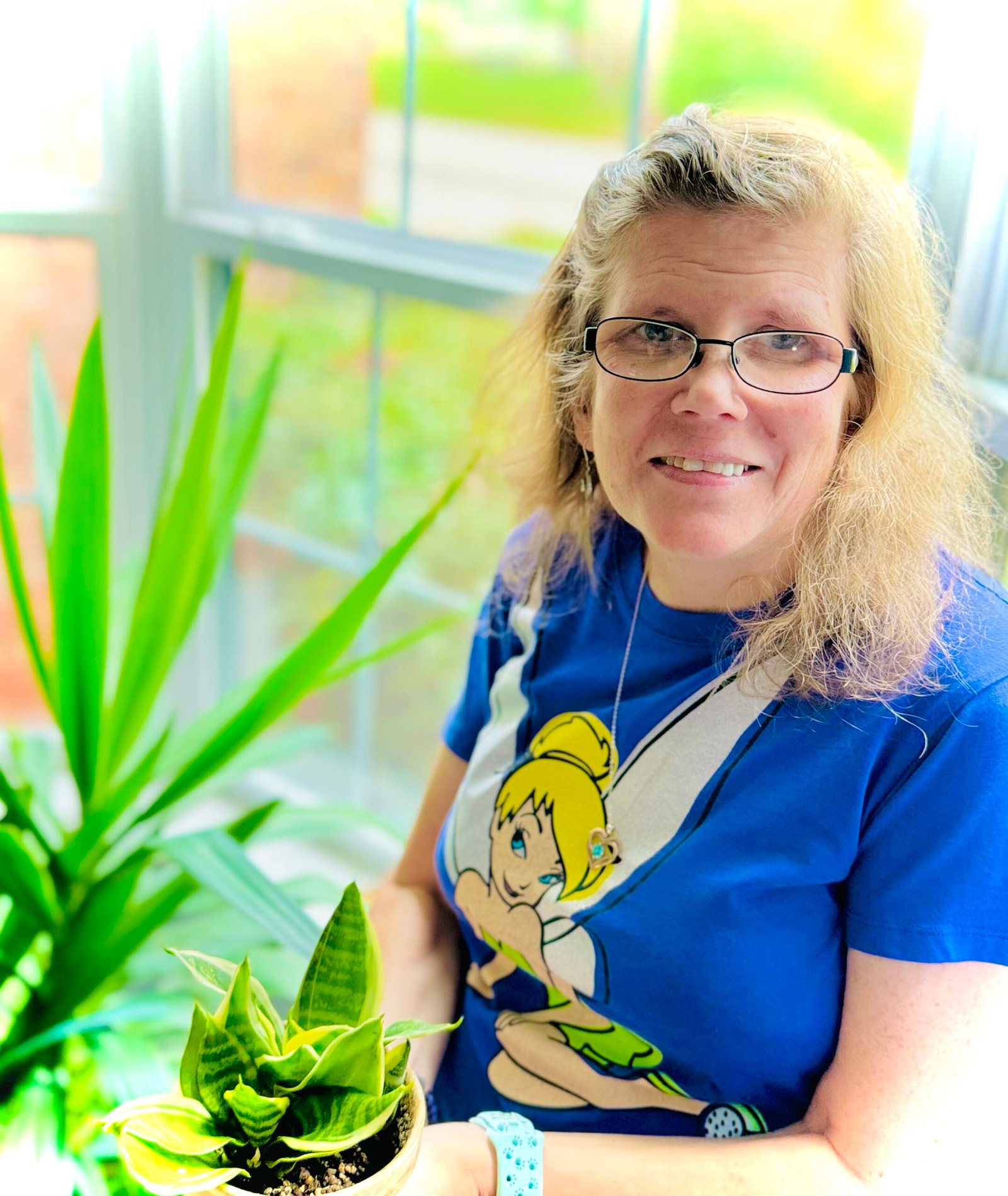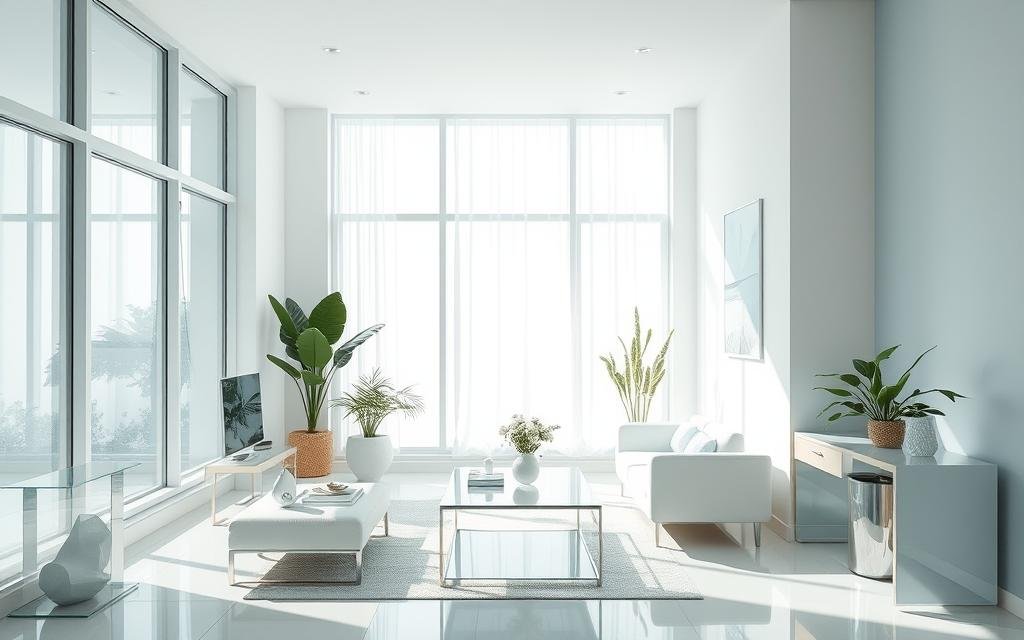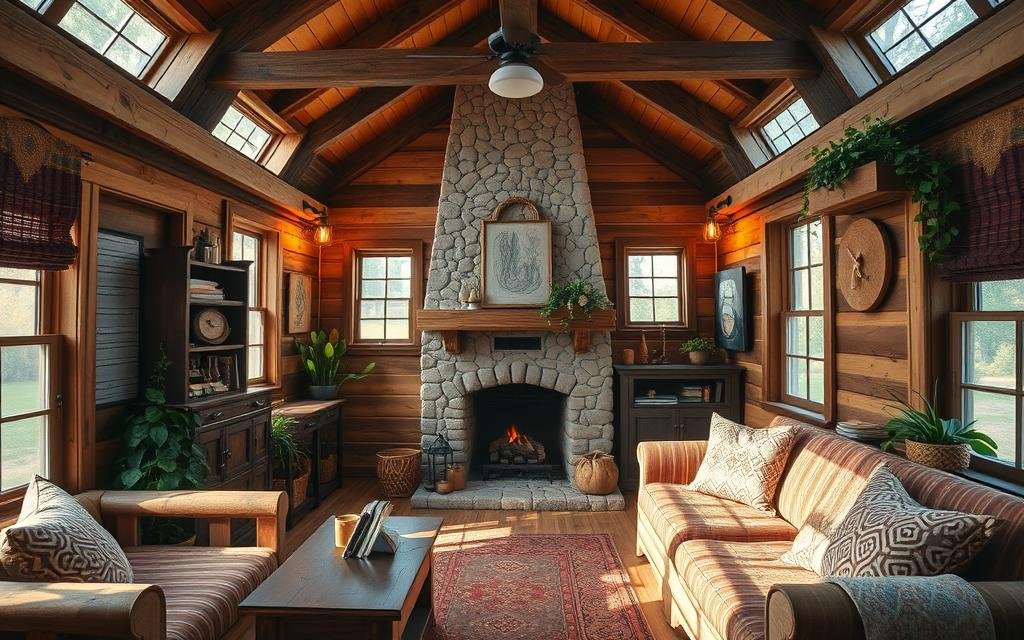Did you know that the best color schemes for making tiny spaces feel bigger can transform a small room into a more welcoming environment? Color can change any room, setting the perfect mood for your space1. Lighter colors like off-whites and pastels make rooms look larger and brighter2. We’re excited to share insights on these effective color schemes for tiny spaces, including ideas for small rooms and paint choices.
We’ll look at how color psychology can make small rooms feel open and calm. We’ll also share tips on the best color schemes for making tiny spaces feel bigger. Whether you need ideas for small spaces or paint choices for tiny rooms, we’ve got you covered. The right colors can turn a small room into a cozy, inviting space that feels bigger.
Key Takeaways
- Lighter paint colors can make small rooms feel larger and brighter2.
- Crisp white paint reflects light, making small spaces feel larger, and is preferred for its airy quality1.
- Pale paint colors can reflect natural light to enlarge and brighten alcoves, nooks, and windows2.
- Soft white unifies different textures in small spaces, creating a harmonious background for accents1.
- Higher sheen paints can reflect more light, enhancing the illusion of space in smaller rooms2.
- Greige is an alternative neutral that provides a stylish option for those avoiding stark whites1.
Understanding Color Psychology in Small Spaces
Choosing the best color schemes for making tiny spaces feel bigger can create an illusion of openness. Together, we’ll explore how different shades can drastically change the perception of space.
In small rooms, color psychology is key to making them feel bigger. Choosing the right colors can make a room look more open and calm. For example, light and neutral shades on walls and ceilings can make a room look up to 20% bigger by reflecting more light3.
Color psychology in small rooms is about more than just size. It’s about creating a welcoming and cohesive atmosphere. Using neutral colors and soft pastels can make a room feel airy and open. Also, monochromatic color palettes can make a small space feel more unified, which is important, as studies show a 30% increase in perceived spaciousness3.
Some important tips for small room design include using lighter colors to make spaces look larger and more inviting4. Also, adding vertical design elements can make small rooms feel taller. By following these tips, we can make small spaces feel more open and calm, making them more inviting and comfortable.
- Use mirrors to enhance the spaciousness in small areas by reflecting light4.
- Incorporate multipurpose furniture to optimize floor space without sacrificing functionality4.
- Utilize a combination of light and dark colors strategically to help define spaces without making them feel cramped4.
Light vs. Dark: Which Colors Actually Make Spaces Feel Larger
The debate on light vs. dark colors in small spaces is ongoing. We’ll look at the good and bad of each, offering advice on when to use them. Dark colors can shrink a space, while light colors can make it feel bigger5. Mixing light furniture with dark walls creates a striking contrast5. Light colors, like off-whites, bring brightness and airiness6.
Choosing the right paint is key in small spaces. Light walls and ceilings make rooms appear larger6. The best colors for small areas are those that bring calmness and serenity. Cool colors, like blues and greens, add depth6. Warm colors, like oranges and yellows, can feel cozy but smaller6.
Here are some tips for choosing the best colors for small spaces:
- Use light colors on walls and ceilings to create a sense of expansion
- Choose cool colors to create a sense of depth and calmness
- Avoid using dark colors, as they can make a space feel smaller
- Consider using a monochromatic color scheme to create a sense of unity and calmness

By thinking about the space’s needs and goals, we can pick colors that make it feel open and calm. Whether you like light or dark, the goal is balance and harmony5. With the right colors, even small spaces can feel larger6.
The Power of Neutral Color Schemes
Neutral color schemes are a top pick for small spaces, chosen by over 70% of renovators7. Colors like white, off-white, beige, and gray make small rooms feel open and calm. These colors are perfect for making spaces look bigger and more airy.
Neutral colors can be used in many ways. White and off-white bring brightness and cleanliness. Beige and gray add warmth and coziness. This balance and harmony are key for small spaces.
Neutral colors also add depth and interest. Mixing different shades, like light and dark gray, creates layers. They also provide a clean background for furniture and decor. For example, soft gray walls offer a clean look without feeling overwhelming8.
Here are some tips for using neutral colors:
- Use different shades of neutral colors to create depth and visual interest
- Incorporate beige and gray tones to add warmth and coziness to a room
- Use white and off-white to create a sense of brightness and cleanliness
- Consider using neutral colors for walls, trim, and doors to create a sense of continuity

By following these tips, we can make small spaces feel open and calm. Neutral colors are ideal for small spaces, helping them feel balanced and harmonious.
Cool Colors for Expanding Small Rooms
Cool colors, like blues and greens, are great for small rooms. They bring calmness and serenity, making the room seem bigger9. shows pale blue and sea green are favorites for a soothing feel. These cool colors for small spaces help make the room feel open and airy.
Light, cool colors like soft blues and greens are among the best colors for small rooms10. They make small spaces feel open and airy. Darker colors can make a room cozy but feel cramped10. So, choose colors that make the room feel larger, like pale neutrals or pastels10.
Here are some tips for using cool colors to expand small rooms:
- Use pale blue or sea green to create a soothing environment9
- Choose light, cool colors such as soft tones of blue and green10
- Consider using pale neutrals or pastels to create a sense of openness and airiness10
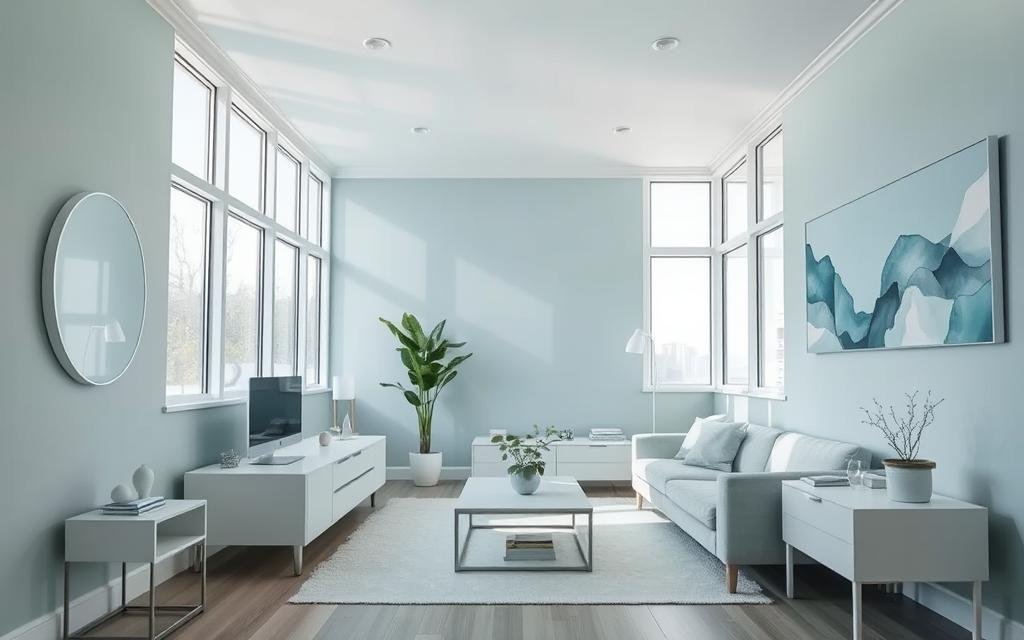
By following these tips, you can make your small room feel bigger and more welcoming.
The Best Color Schemes for Making Tiny Spaces Feel Bigger: Expert Recommendations
Choosing the right color scheme is key for small spaces. Experts say light colors can make a room look bigger. Light neutrals and soft colors work well, avoiding a cold look11.
Good color combos for small rooms include monochromatic, complementary, and analogous schemes. These can make a room feel bigger and calmer. For instance, using different shades of blue can make a room feel larger. Blue and orange can add energy12.
Here are some tips for small spaces:
- Use light colors on walls and ceilings to create the illusion of height.
- Incorporate undertones into white walls to avoid a sterile look12.
- Choose furniture and decor that is proportionate to the size of the room.
Monochromatic Color Schemes
A monochromatic scheme can make a room feel larger. It uses different shades of the same color. For example, light blue walls, navy blue furniture, and sky blue accents can create a cohesive look11.
Complementary Color Pairs
Complementary colors add interest and energy to small rooms. They use colors opposite each other on the color wheel. Blue and orange, for example, create a bold look12.
Analogous Color Combinations
Analogous colors create harmony and make rooms feel larger. They use colors next to each other on the color wheel. Blue, green, and yellow, for example, create a soothing look11.
| Color Scheme | Description |
|---|---|
| Monochromatic | Uses different shades of the same color |
| Complementary | Uses two colors that are opposite each other on the color wheel |
| Analogous | Uses colors that are next to each other on the color wheel |
Strategic Color Placement in Compact Areas
In compact areas, choosing the right colors is key to making them feel bigger. Light colors like whites and pastels can make a space feel airy and open13. Darker colors, on the other hand, can make a room seem 20-30% smaller13. It’s important to think about how colors will look and work in the space.
In small spaces, every color choice matters. Picking colors that flow well can make a room feel bigger14. Wall-mounted shelves can also help by adding 25-35% more storage13. This keeps things tidy and makes the room feel more open. Using vertical space optimization tricks, like high curtain rods, can also make ceilings seem higher14.
For small spaces, using one color throughout can make the room look bigger and more unified15. Textured rugs with simple designs can add interest without making the space feel smaller15. By applying these ideas, we can make even the smallest rooms feel more spacious and calm.

Color Schemes for Different Small Room Types
Creating a sense of openness and calm is key in small rooms. For bathrooms, light shades can help achieve this calm16. In contrast, dark colors are great for bedrooms with little natural light. They add a touch of luxury with colors like burgundy and deep purples16.
In kitchens, bright and cheerful colors are best. Try combining citron green with charcoal paint for a lively feel17. For bedrooms, choose soothing colors like soft neutrals or natural green shades like Dark Brunswick Green16.
Here are some more tips for small room color schemes:
- Use light neutrals to soften small kitchens16.
- Add natural elements like rustic wood and soft linen to bedrooms for a calm tone17.
- Use graduated tones from the Colour Scales to add depth to small, naturally lit areas16.

Using Paint Finishes to Enhance Space
When it comes to enhancing space with paint, the finish is key. Different finishes can make a room feel bigger or cozier. For small room design tips, use finishes that reflect light like semi-gloss or high-gloss to brighten the space18.
A matte finish can bring calmness and serenity. But, it might make a room feel smaller because it doesn’t reflect light19. Mixing matte and glossy finishes can add depth and interest.
Here are some tips for using paint finishes to enhance space:
- Use semi-gloss or high-gloss finishes on trim and ceilings to create a sense of brightness and airiness18.
- Apply a matte finish to walls to create a sense of calmness and serenity.
- Combine different finishes to create a sense of depth and visual interest.
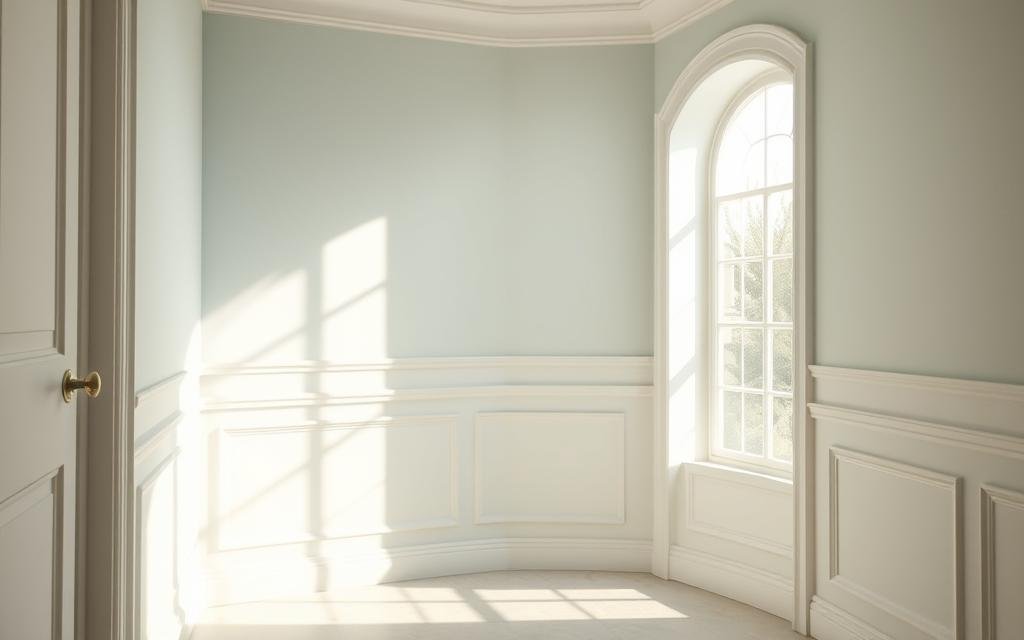
By choosing the right paint finishes, you can make small rooms feel open and calm. This makes paint finishes for small spaces a vital part of interior design19.
| Paint Finish | Effect |
|---|---|
| Semi-gloss | Creates a sense of brightness and airiness |
| Matte | Creates a sense of calmness and serenity |
| High-gloss | Creates a sense of depth and visual interest |
Common Color Mistakes to Avoid in Small Spaces
Designing small spaces can be tricky. Color scheme errors can greatly affect how open the area feels. We often make common color mistakes that make the space feel cluttered and overwhelming. It’s key to know how color impacts how we see space.
Some small space design mistakes include bold and bright colors. These can overwhelm and clutter the space20. Cooler colors, like soft, pale blues, can make rooms look bigger20. Also, a monochromatic color scheme can make a space look larger, as 72% of designers agree20.
Here are some tips to avoid common color mistakes:
- Avoid using bold and bright colors in small rooms
- Use cooler colors, such as soft, pale blues, to make spaces appear larger
- Utilize a monochromatic color scheme to create a cohesive look

By following these tips and avoiding common color mistakes, we can create a harmonious and balanced color scheme. This makes our small spaces feel larger and more welcoming.
| Color Scheme | Effect on Small Spaces |
|---|---|
| Monochromatic | Creates a cohesive look, making the space seem larger |
| Cooler Colors | Makes spaces appear larger and more calming |
Incorporating Accent Colors Without Overwhelming the Space
Adding accent colors to small spaces can make them more interesting and personal. But, it’s key to avoid making the space feel too busy. The 60-30-10 rule is a good guide. It says 60% of the room should be a main color, 30% a secondary color, and 10% an accent color21.
This rule helps keep the room balanced and harmonious. It’s perfect for small spaces.
To make a small room stand out, pick a bold accent color for a wall or piece of furniture. This draws the eye to that spot, making the room feel larger. Using mirrors or metallic finishes can also make a small space feel bigger by reflecting light22.
The 60-30-10 Rule
This rule is easy to follow and makes a small room’s color scheme balanced. Use a main color for 60%, a secondary color for 30%, and an accent color for 10%. For example, light gray for 60%, soft blue for 30%, and bold yellow for 10%23.

Creating Focal Points
Creating a focal point in a small room can make it feel more interesting. Use a bold accent color on a wall or furniture, or add a striking piece of art. Mirrors or metallic finishes can also make the space feel larger by reflecting light22.
Working with Natural and Artificial Lighting
Natural and artificial lighting are key to making small spaces look bigger. Using lots of natural light through big windows makes a room feel bright and airy24. Artificial lighting can also help, making a space feel more open and peaceful25.
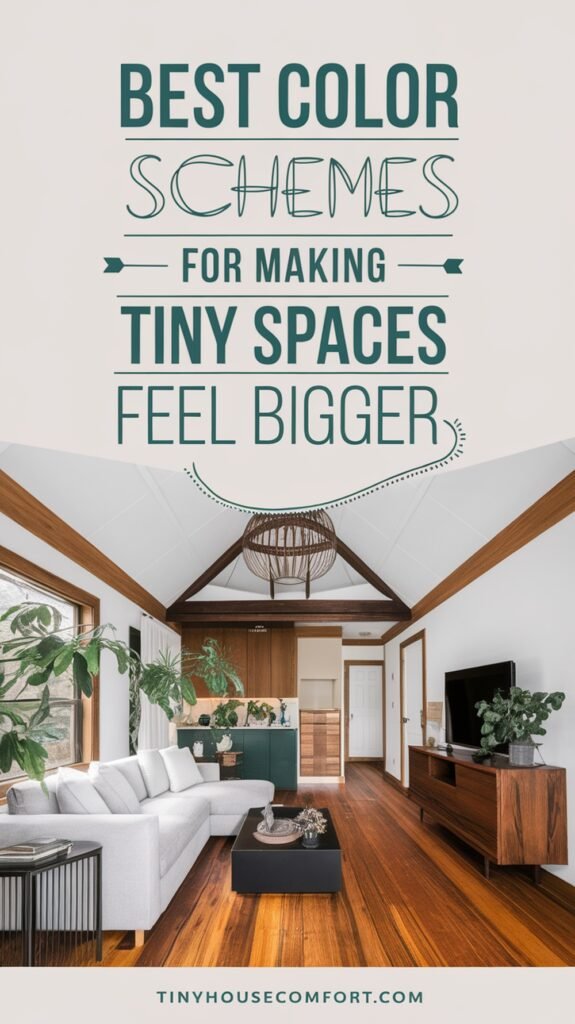
For small space lighting tips, try using light-colored floors and ceilings to bounce light around25. Wall mirrors can also reflect light and color, making a room seem larger25. The right lighting for small rooms can greatly improve the feel of openness and calm.
Here are some tips for using natural and artificial lighting well:
- Use sheer curtains to filter natural light and reduce glare
- Install skylights or larger windows to bring in more natural light
- Use table and floor lamps to add warmth and coziness to the space
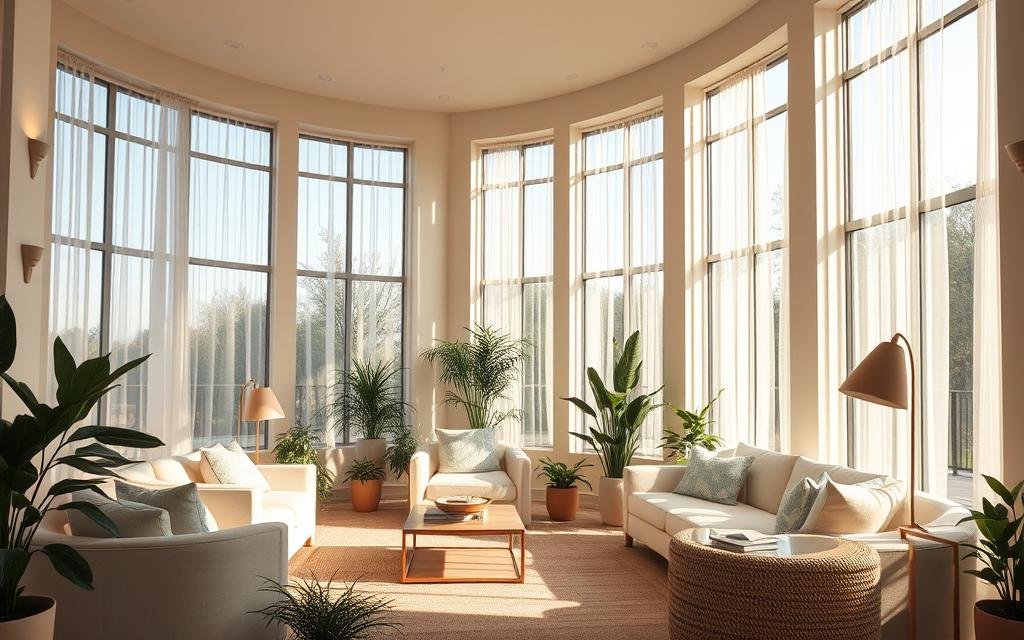
By following these tips and using natural and artificial lighting smartly, we can make small spaces feel brighter and more open2425.
| Lighting Type | Benefits |
|---|---|
| Natural Lighting | Creates a sense of brightness and airiness |
| Artificial Lighting | Enhances the sense of space and creates a sense of calm |
Conclusion: Transforming Your Small Space with the Right Colors
The right color scheme can make a small space feel bigger and more welcoming. By understanding how colors affect our perception26, we can pick colors that make a room seem larger. This is key to making a small space feel more open and inviting.
Light colors like whites and mint greens can make a room feel brighter26. Darker shades, such as navy blue, add depth26. We’ve seen how different colors can make a small room look bigger. Using the right paint finishes, like matte or high-gloss26, can also help.
By using the tips from this article2627, you can turn small spaces into cozy retreats. The right colors and a bit of creativity can make a big difference. Let’s use color to create the living spaces we dream of.
Please be sure to check out Making Your New Tiny House Comfortable
